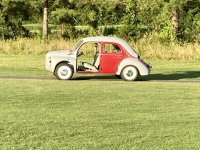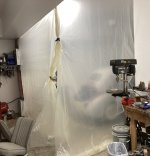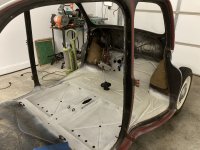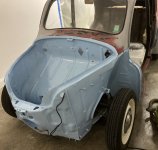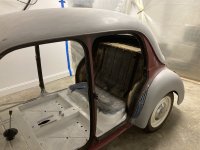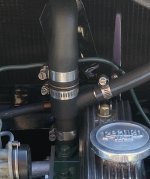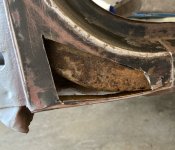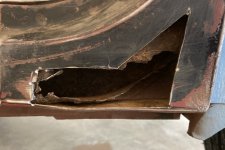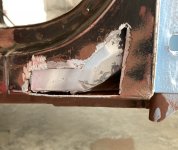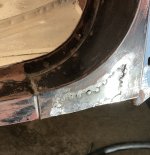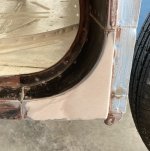The boot and front wheel wells are painted! Yesterday I played golf without the front doors. It was very convenient. Today I finished my "paint booth" and started taking things apart to paint the rest of the main body shell. The paint booth draws air from the house, through filters and exhausts out of the garage. I am using an old house air handler fan on low speed (three speed fan).
